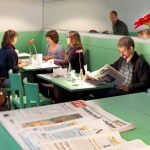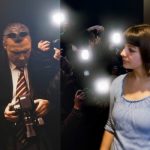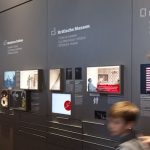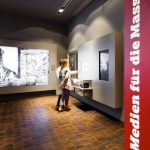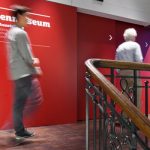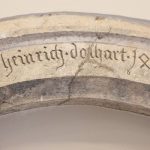Station Media
Internationales Zeitungsmuseum
The International Newspaper Museum is located in one of Aachen’s oldest town houses. It has a collection of historical newspapers unparalleled anywhere else in the world. In the framework of the Route Charlemagne it deals with the theme “Media”.
International Newspaper Museum: From the Carolingian miniscule to the pixel
The International Newspaper Museum has been in the Große Haus since 1931. The museum is based on the collection of the Aachen-born private scholar Oskar von Forckenbeck (1822-1898), who on his journeys had collected first and last editions as well as anniversary and special editions of international newspapers. Even prohibited newssheets were part of the collection. In spite of his pioneer work for the later discipline of media science, Forckenbeck has received little recognition. Today, his collection comprises about 200,000 newspapers from the 17th to the 21st century. It is unparalleled anywhere else in the world and parts of it can be viewed in digital form.



